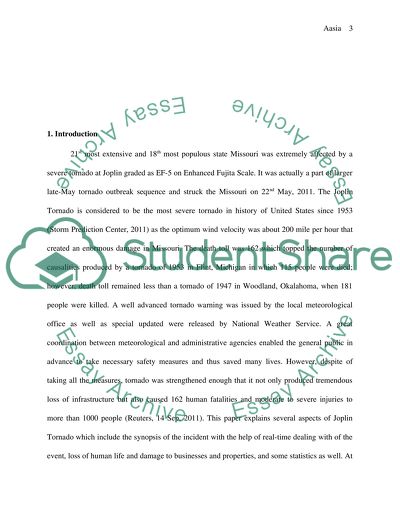Cite this document
(“Meterology Essay Example | Topics and Well Written Essays - 1500 words”, n.d.)
Retrieved from https://studentshare.org/physics/1593386-meterology
Retrieved from https://studentshare.org/physics/1593386-meterology
(Meterology Essay Example | Topics and Well Written Essays - 1500 Words)
https://studentshare.org/physics/1593386-meterology.
https://studentshare.org/physics/1593386-meterology.
“Meterology Essay Example | Topics and Well Written Essays - 1500 Words”, n.d. https://studentshare.org/physics/1593386-meterology.


